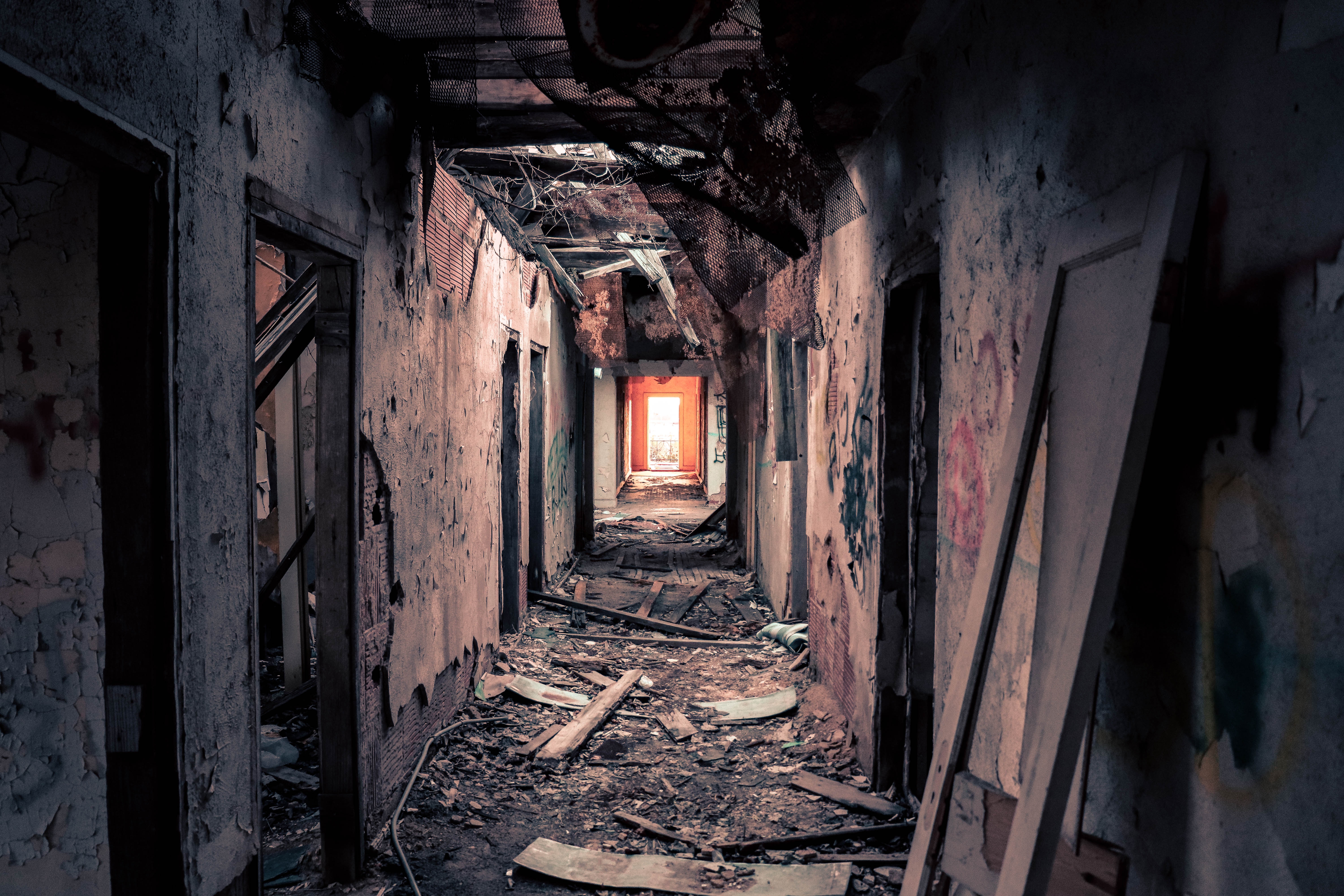If you listen to the podcast closely, you’ve probably figured out that the game I was running in the world from my setting design series has died. Nothing dramatic, really, just the standard life stuff that tends to kill off campaigns in gaming groups consisting entirely of adults.
I’m still working on the setting (I may have some new material in that series as soon as next blog post, in fact) but I’ve also been contemplating how to use some of the stuff I’ve backed on Kickstarter over the last 18 months in a new game. In particular, I’ve been thinking about how to use the Arcana of the Ancients and Strongholds and Followers material.
And, oh yeah, the 5e Cthulhu book from Petersen Games.
You might think this is going to be a post about weaving together disparate source material at this point, but it’s not. This week, I want to talk about using source material of dubious origin, in particular the Cthulhu/Lovecraft mythos.
H.P. Lovecraft was a horrible, malignant racist, and not just by today’s standards. He was
a horrible, malignant racist by the standards of his own time, which was the early 20th
century. His cat was named, unironically, after a racial slur, and he was a fan of Hitler when he
came to power. He hated basically anyone who wasn’t of Anglo-Saxon descent, and found
inter-racial relationships (even between different nationalities of white people) to be abhorrent.
In addition, he also took a dim view of religion as a whole, and had an atheistic (or maltheistic,
take your pick) view of the cosmos. Waypoint
Radio did a pretty in-depth analysis of all of this a while back. (Warning: lots of NSFW
language.) Overly Sarcastic Productions has a much funnier treatment you can find here. It is very much worth your
time.
He was not a great guy.
But he was also one of the most influential horror writers in the history of the genre, and his work is largely in the public domain, which means that anyone can use it. Even when he was alive, he encouraged other writers to work in the mythos and so there’s this incredibly detailed and in-depth bunch of weird cosmic horror created partially by him and partially by other folks like August Derleth, Ramsey Campbell, and Clark Ashton Smith that’s been immensely influential on modern gaming settings.
So what to do with that?
My planned answer is “use it in a way that would make Lovecraft mad.”
First of all, I don’t have a problem with the cosmic horror genre, per se, but my preferred flavor is more influenced by Mass Effect than Lovecraft himself. (Spoiler warning for the Mass Effect series.) In Mass Effect, there are horrible, evil cosmic entities out there that have been wiping out incredibly advanced civilizations for millennia, but it is ultimately possible to prevail against them. The victory is extremely costly, but at the end of the trilogy, the Reapers are no longer a threat in 3 out of 4 possible endings.
The key difference there is “astoundingly difficult” vs. “actually impossible.”
So that’s one point of subversion.
Cosmologically, Lovecraft’s universe was a place where all higher powers were malignant and all human religious thought was ultimately controlled by evil beings like Nyarlathotep. My answer to that is “nah.” I like the way Mike Mignola, creator of Hellboy handles such things; there are absolutely horrible, evil things out there, and some of them are powerful and rightly terrifying. But there’s also goodness, and it will, in the end, prevail. The worst thing is never the last thing.
Two points of subversion.
Of course, it bears mentioning at this point that I’m not actually giving money to
Lovecraft or people like him. The folks in the gaming industry that make games based on the
Cthulhu mythos are people like Kenneth
Hite, Robin Laws, Sandy Petersen, and the late (and much beloved) Greg Stafford. Ken Hite is
a Presbyterian. Sandy Petersen is LDS. Greg Stafford was a shaman. And while Robin Laws is an
atheist, the worldview similarities between him and Lovecraft end there. None of those
people are (or were) hateful, bigoted people.
Ironically, the people in charge of steering
Lovecraft’s creations, in the gaming industry, anyway, are much better people than he was
and don’t share his hateful worldview.
Three points, but I can’t take any credit for that one, happy as it makes me.
And finally, some of my plans for the story involve a character of mixed heritage as one of the people who will ultimately fix things, something Lovecraft would never go for. In fact, he’d be aghast. The whole idea of Deep Ones is that racial impurity is bad.
Four points
The idea here is not to be spiteful (though with someone like Lovecraft, it’s admittedly really tempting) but to take something classic and influential that also has some fundamental problems and address those problems while still taking the good. Lovecraft and his contemporaries did come up with some pretty spectacular monsters and lore. Shoggoths, Hunting Horrors, Yithians, Hounds of Tindalos, Bholes and Dholes are all fantastically interesting, creepy, scary creatures that feel like a genuine threat. It will be genuinely fun to use them.
But I’m under no obligation to be faithful to the vision of the guy who created the mythos those creatures inhabit, and you aren’t either. Lots of classic genre fiction has racist or other ugly elements in it. It’s perfectly fine to acknowledge and then pointedly discard that stuff as we’re integrating it into our games.
In fact, if we’re going to use that material, I think that’s what we should do.
Photo by Jamison
Riley on Unsplash





2 thoughts on “Subverting the Terrible”
If you’re subverting Lovecraft tropes while contemplating the ideas of both fascination with the ideas and disgust with the man, you *need* to read Ballad of Black Tom. It’s a novella, written by a black guy, set in a basic Lovecraft setting, sorting out the author’s childhood love for the mythos that got complicated when he learned more about Howard. It’s difficult and does still end up being dark, but I would really recommend it.
They recommended it highly on the Waypoint episode I linked, too. Looks like I need to get that on my reading list sooner rather than later.